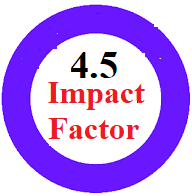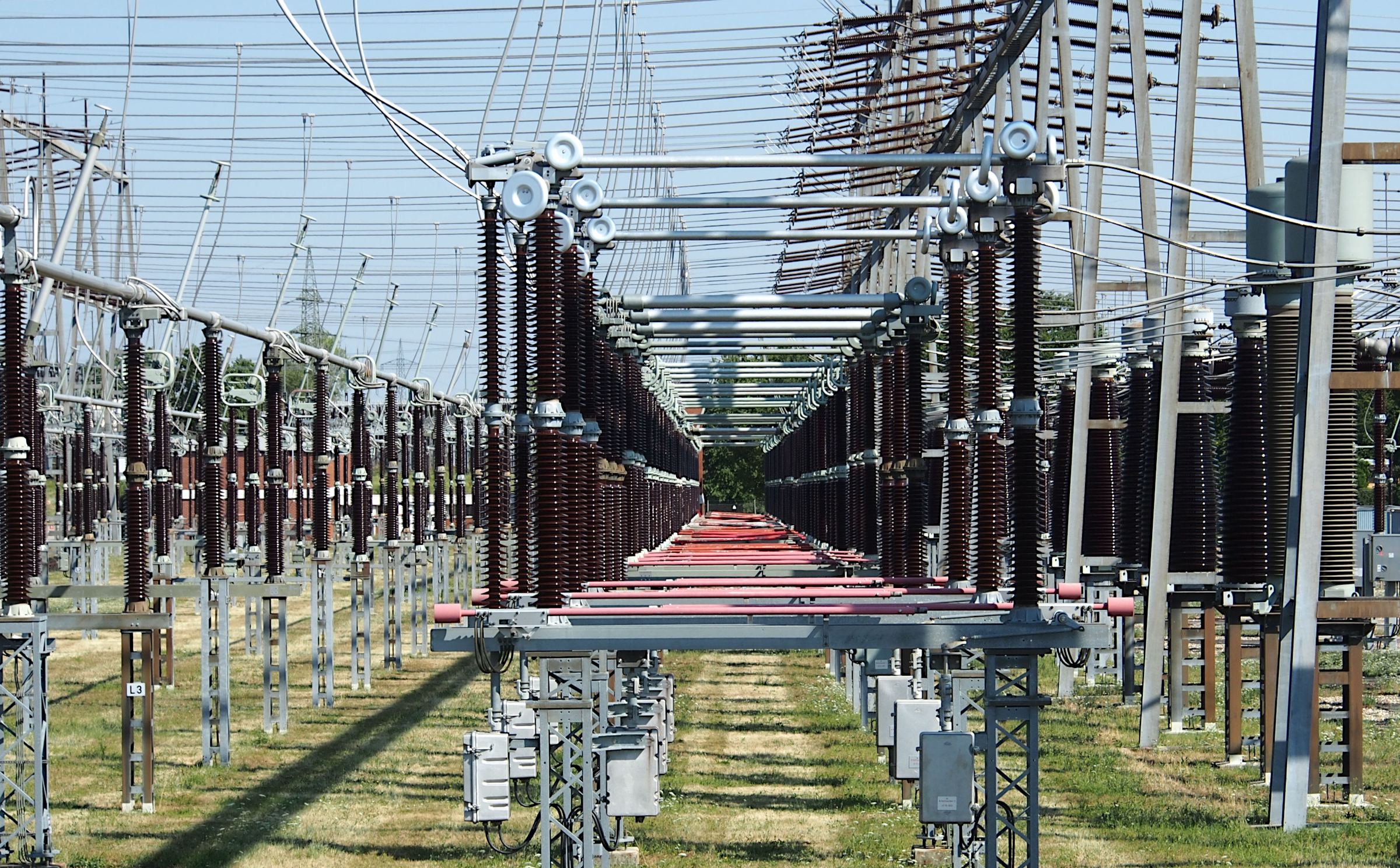SUSTAINABLE WHEAT PRODUCTION UNDER WATER SCARCITY: EVALUATING IRRIGATION STRESS AND SOWING TECHNIQUES IN PAKISTAN
Keywords:
Population, Water Productivity, Wheat Yield, Irrigation Methods, Climate ChangeAbstract
Pakistan is facing a water shortage problem due to climate change impacts and an increasing population. The country has already been in the category of water-scarce countries with per capita water availability of less than 1000 m³. Increasing population also demands more food, which can only be secured by increasing the water productivity of staple food crops under limited water availability. However, the water productivity of different crops in Pakistan is low compared to other countries. The study was conducted to investigate different options for enhancing the water productivity of wheat, which is an important grain crop in the country. The specific objective of this study was to evaluate the response of two different irrigation methods and three different irrigation stress levels on the wheat yield and water productivity under semi-arid conditions. Two different irrigation/ sowing methods were traditional flat sowing and furrow-bad planting. For testing different stress levels under the deficit irrigation approach, three Management Allowed Deficit (MAD) levels viz. 50%, 70%, and 90% were evaluated regarding reduction in yield and enhancement in water productivity. The study provided the results regarding optimum irrigation schedules under a water shortage scenario to achieve optimum yields and water productivity at a regional scale.
















